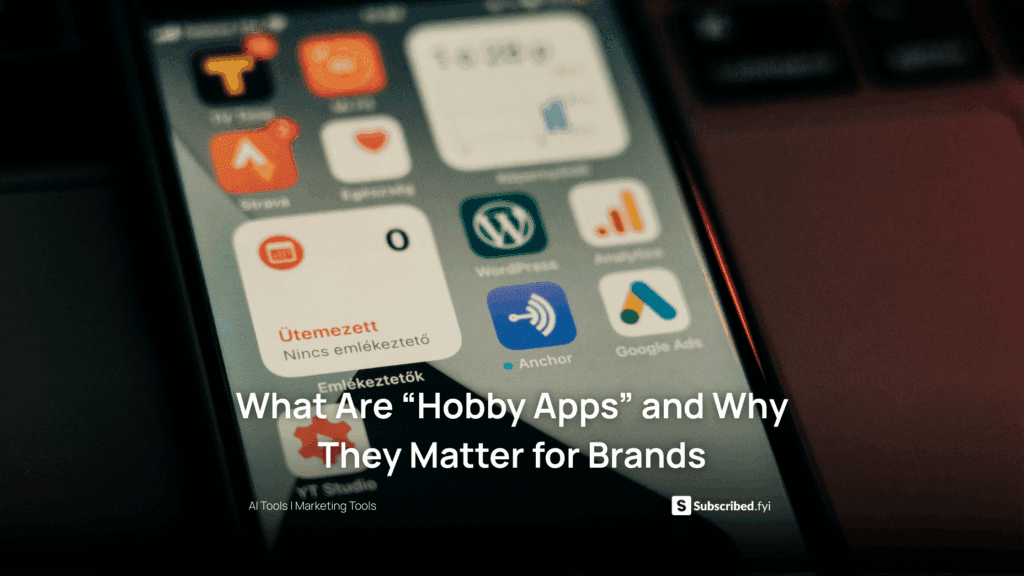Decoding CWV Score: Unveiling Core Web Vitals Metrics
- WebOps Platforms Bug Tracking & Feedback Software Web Development & Design


Decoding CWV Score: Unveiling Core Web Vitals Metrics
In the ever-evolving landscape of SEO, understanding Core Web Vitals (CWV) is crucial for optimizing your website’s performance and user experience. In this comprehensive blog post, we will delve into the intricacies of CWV scores, breaking down each metric to help you decipher and improve your website’s performance.
Understanding Core Web Vitals
1. Largest Contentful Paint (LCP)
LCP measures the loading performance of your page’s main content. It focuses on the time it takes for the largest image or text block to become visible to the user. To enhance LCP, consider optimizing images and utilizing a Content Delivery Network (CDN) for faster content delivery.
2. First Input Delay (FID)
FID gauges the responsiveness of your page by measuring the time it takes for a user to interact with it. Minimizing FID involves optimizing JavaScript code and deferring non-essential scripts. Tools like Google PageSpeed Insights provide actionable recommendations to address FID issues.
3. Cumulative Layout Shift (CLS)
CLS assesses the visual stability of your page, focusing on unexpected layout shifts during loading. Ensuring a low CLS involves defining image and ad sizes in HTML and utilizing CSS properties. Web Vitals Chrome Extension can be a valuable tool for real-time CLS monitoring.
The Relevance of CWV Scores to SaaS Products
- HubSpot: HubSpot’s all-in-one inbound marketing platform aligns with CWV goals by offering efficient content optimization tools. With features like image optimization and content delivery networks, HubSpot aids in improving LCP and overall page performance.
- Zendesk: As a customer support platform, Zendesk’s focus on responsive design and minimized layout shifts contributes to a positive CLS. Ensuring a seamless user experience aligns with the goals of CWV metrics.
- Google Analytics: Google Analytics, a powerful analytical tool, assists in tracking and optimizing web performance metrics. It provides insights into user interactions, contributing to the improvement of FID on your website.
- Salesforce: Salesforce’s scalable and flexible architecture aligns with the need for optimizing CWV scores. Its adaptable platform allows businesses to enhance LCP by optimizing data loading and user interactions.
- Chargebee: Chargebee’s subscription management tools contribute to a seamless user experience, aligning with CWV goals. By optimizing subscription processes, Chargebee supports reduced FID and improved overall web performance.
Conclusion
In conclusion, understanding and optimizing Core Web Vitals metrics are integral to ensuring a positive user experience and improving your website’s SEO performance. By addressing LCP, FID, and CLS, you can enhance your website’s overall performance and responsiveness.
Revolutionize Your Website’s Performance with Subscribed.fyi!
Ready to elevate your website’s performance and user experience? Subscribed.fyi offers an all-in-one solution for managing your SaaS stack, helping you unlock exclusive deals and streamline your subscription management. Sign up for free and discover the secret to navigating the unique dynamics of SaaS tools while saving big on essential tools!
Relevant Links:





